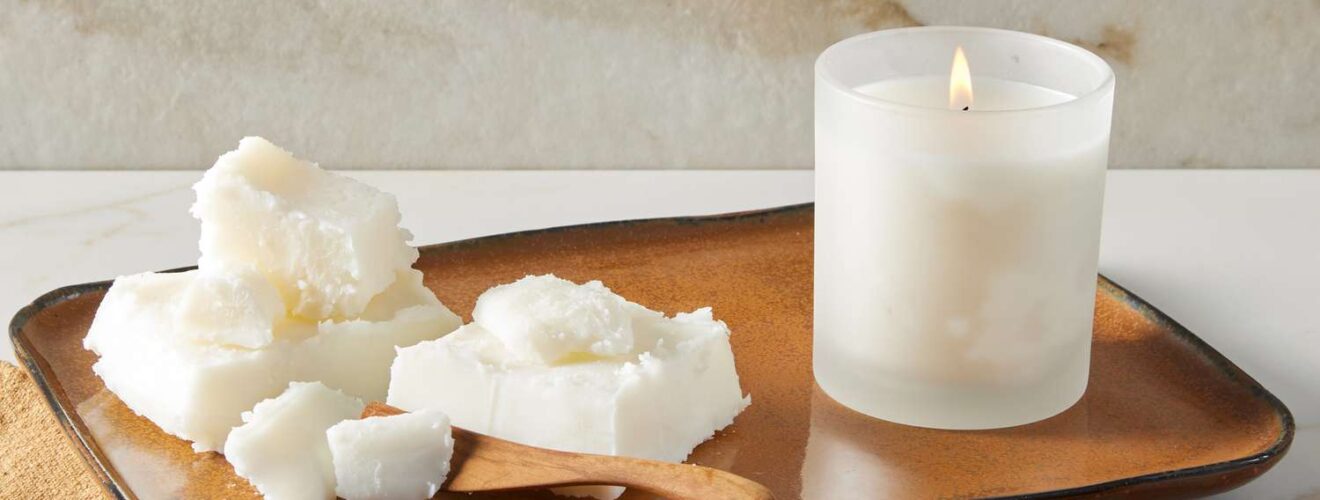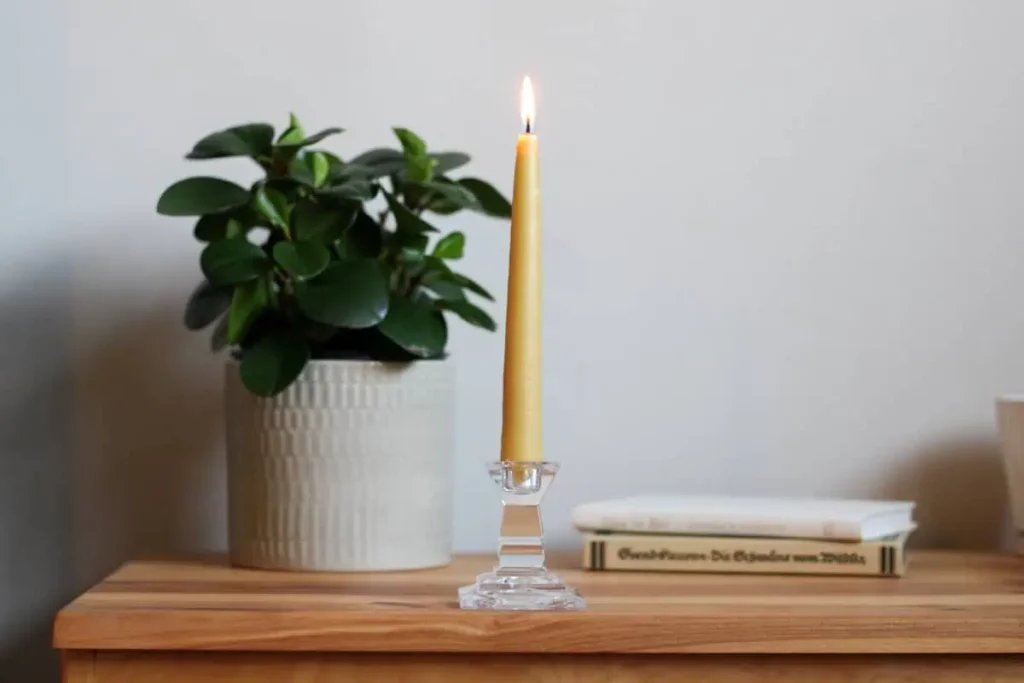Selecting the Right Candle Wicks for Your Projects

Candle making is a popular and satisfying craft that allows you to create beautiful and fragrant candles for personal use or as gifts. One crucial aspect of candle making that often goes overlooked is the selection of the right candle wicks. While they may seem like small and insignificant components, candle wicks play a vital role in the performance and overall quality of your candles. Understanding the importance of candle wicks and knowing how to choose the right ones can make a significant difference in the success of your candle making projects.
Understanding the Importance of Candle Wicks
Before we dive into the different types of candle wicks and factors to consider when choosing them, it’s essential to understand the crucial role that wicks play in candle making. The wick is the component that carries the flame and controls the rate at which the candle burns. It acts as a pathway for the fuel (wax) to reach the flame, ensuring a consistent and controlled burn. The type and quality of the wick you choose can affect various aspects of your candle, including its burn time, fragrance release, and appearance.
The Role of Wicks in Candle Making
In candle making, the wick serves as the delivery system for the liquefied wax to the flame. As the flame heats and melts the wax, the liquid wax is drawn up the wick, where it is vaporized and burned. The size, shape, and material of the wick determine how efficiently it delivers the fuel to the flame, impacting the burn characteristics of the candle. The wick also helps create a stable flame height and prevents overheating or underutilization of the wax.

How Wicks Affect Candle Performance
The size and type of wick you select can have a significant impact on how well your candle performs. A wick that is too small for the candle can result in a weak flame and uneven burn, causing the candle to tunnel and waste wax. On the other hand, a wick that is too large can lead to excessive smoke, sooting, and a fast burn rate. The choice of wick also affects the fragrance throw of the candle, as certain wicks can enhance or diminish the scent release. Therefore, choosing the right wick is crucial to ensure your candles burn evenly, efficiently, and emit a pleasant fragrance.
When it comes to selecting the appropriate wick for your candle, it’s important to consider the diameter of the container or mold you are using. A wider container will require a larger wick to ensure proper fuel delivery, while a narrower one will need a smaller wick to prevent an overpowering flame. Additionally, the type of wax you use can also influence the wick selection. Different waxes have different melting points and densities, which can affect how the wick performs. For example, soy wax tends to require a larger wick size compared to paraffin wax.
Furthermore, the environment in which the candle will be burned should be taken into account. Factors such as air circulation, humidity, and altitude can impact how the flame behaves. In a drafty room, for instance, a self-trimming wick may be preferred to minimize the risk of excessive flickering or extinguishing. Similarly, if you plan to use your candle in a high-altitude location, a wick designed for such conditions can help ensure optimal burning.
Lastly, it’s worth mentioning that wicks can be made from various materials, each with its own characteristics. Cotton wicks are commonly used and are known for their clean burn and minimal sooting. However, if you’re looking for a more eco-friendly option, you may consider wicks made from sustainably sourced materials such as hemp or wood. These alternative wicks can add a unique touch to your candles while still providing efficient fuel delivery.
Types of Candle Wicks
When it comes to selecting candle wicks, you’ll encounter a wide variety of options to choose from. Each type of wick has its own unique characteristics that make it suitable for different candle types and sizes. Let’s dive deeper into the world of candle wicks and explore some of the most common ones available:
Know more about candle wick supplies at: Candle Wick Supplies
Cotton Wicks
Cotton wicks are the tried and true workhorses of the candle making world. They are the most widely used wicks and for good reason. Known for their versatility and compatibility with various types of wax, cotton wicks come in different sizes to accommodate different candle sizes. Whether you’re making a small votive or a large pillar candle, cotton wicks have got you covered. Not only do they provide a stable and even burn, but they also produce minimal smoke and soot. This makes them an excellent choice for general-purpose candle making.
Wood Wicks
If you’re looking to add a touch of rustic charm to your candles, wood wicks are the way to go. Made from natural wood, these wicks offer a unique aesthetic appeal that is hard to resist. When lit, they produce a delightful crackling sound that adds an extra layer of coziness to your space. However, it’s important to note that wood wicks require a bit more attention during the burning process compared to cotton wicks. They may need occasional trimming to maintain an optimal burn and they also require a slightly longer burn time to establish an even wax pool. Despite these considerations, the distinctive characteristics of wood wicks make them an excellent choice for certain candle styles. Learn more about coziness at https://www.colorado.edu/today/2024/02/12/20-things-do-cozy-under-stars-do-random-act-kindness-more
Specialty Wicks
For those looking to explore beyond the realm of traditional wicks, specialty wicks offer a whole new world of possibilities. This category encompasses a wide range of wick types, including cored wicks, zinc wicks, and braided wicks. Each specialty wick has its own unique features that make it suitable for specific candle-making scenarios.
Cored wicks, for example, have a metal or paper core that helps them maintain their shape and rigidity during the burn. This makes them ideal for container candles or those with challenging fragrances or dye combinations. They ensure a consistent burn and prevent the wick from sagging or drowning in the wax.
Zinc wicks, on the other hand, are often used in container candles that require a bit more stability. They are particularly useful when dealing with challenging fragrances or dye combinations that may interfere with the burn of the candle. Zinc wicks provide a reliable and even burn, ensuring that your candle performs at its best.
Braided wicks offer increased rigidity and stability, making them suitable for large candles or those with unique shapes. They are designed to withstand the weight of the wax and provide a consistent burn throughout the life of the candle. So, if you’re planning to make a statement with your candle, a braided wick might be just what you need.
With so many options to choose from, selecting the right wick for your candle can be an exciting journey. Each type of wick brings its own set of advantages and considerations, allowing you to create candles that not only look beautiful but also burn beautifully.
Factors to Consider When Choosing a Wick
Now that we’ve explored the different types of candle wicks, let’s delve deeper into some essential factors to consider when selecting the perfect wick for your candles:
Candle Size and Shape
The size and shape of your candle play a crucial role in determining the ideal wick for optimal burning performance. Larger candles necessitate thicker and more robust wicks to facilitate an even burn and prevent tunneling, ensuring that your candle lasts longer. Additionally, candles with intricate shapes or unconventional designs may require specialty wicks that can adapt to their unique configurations. It’s vital to take into account the dimensions and intended use of your candle when making a wick selection to achieve the desired results. Click here to find more on dimensions.
Furthermore, the height-to-width ratio of your candle can influence the wick’s ability to draw up an adequate amount of wax to fuel the flame consistently. Taller candles may require wicks with enhanced capillary action to ensure proper wax consumption and prevent issues like drowning or sputtering flames. On the other hand, shorter candles may benefit from wicks that promote a more controlled and steady burn, enhancing the overall aesthetic and functional aspects of the candle.
Type of Wax Used
Another critical factor to consider when choosing a wick is the type of wax utilized in your candle-making process. Different waxes, such as soy wax, paraffin, or beeswax, possess unique burning characteristics that can influence the wick’s performance. For instance, soy wax tends to burn at a lower temperature than paraffin, requiring a wick that can accommodate this difference to achieve an efficient and clean burn. It may be necessary to conduct experiments with various wick-wax combinations to determine the most suitable match that delivers optimal burn rate and overall candle performance.
Fragrance and Dye Considerations
When incorporating fragrance oils or dyes into your candles, it’s essential to consider how these additives may interact with the wick and impact its functionality. Strong fragrances or excessive dye content can potentially clog the wick, impeding the proper flow of melted wax and leading to inefficient burning and reduced scent diffusion. In such instances, selecting a wick with a larger diameter or a specialized composition designed to withstand these challenges can help maintain consistent performance and ensure a pleasant sensory experience for the candle user.
Troubleshooting Common Wick Problems
Even with careful selection, wicks may occasionally encounter performance issues. Let’s explore some common wick problems and how to troubleshoot them:
Wick Curling and Mushrooming
When a wick curls or mushrooms at the top of the flame, it can lead to excessive sooting and uneven burning. To prevent this, trim the wick to an appropriate length (around 1/4 inch) before lighting the candle. Additionally, ensure that the surrounding draft or air currents do not encourage these issues.

Wick Drowning and Extinguishing
If your wick becomes submerged in the liquefied wax or extinguishes itself, it could be a sign that the wick is too small for the candle or that the container is not providing enough oxygen flow. Consider using a larger wick size for improved burn performance or adjusting the container design to facilitate better airflow.
Wick Smoking and Sooting
Excessive smoking or sooting can result from a wick that is too large for the candle or from using a low-quality wick. To reduce smoking and soot, choose an appropriate wick size for your candle and opt for high-quality wicks from reputable suppliers.
When it comes to candle making, selecting the right wicks is an essential part of the process. By understanding the importance of wicks, exploring different types, considering factors like candle size and wax type, and troubleshooting common problems, you’ll be well-equipped to choose the perfect wick for your candle making projects. So, next time you embark on a candle making adventure, remember to give your wick selection the attention it deserves for beautiful, fragrant, and long-lasting candles.





